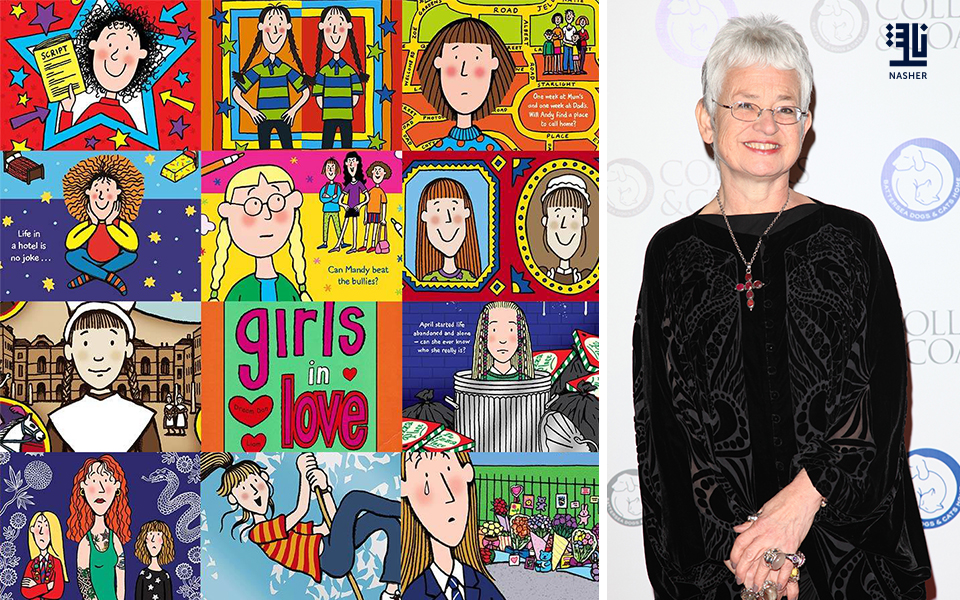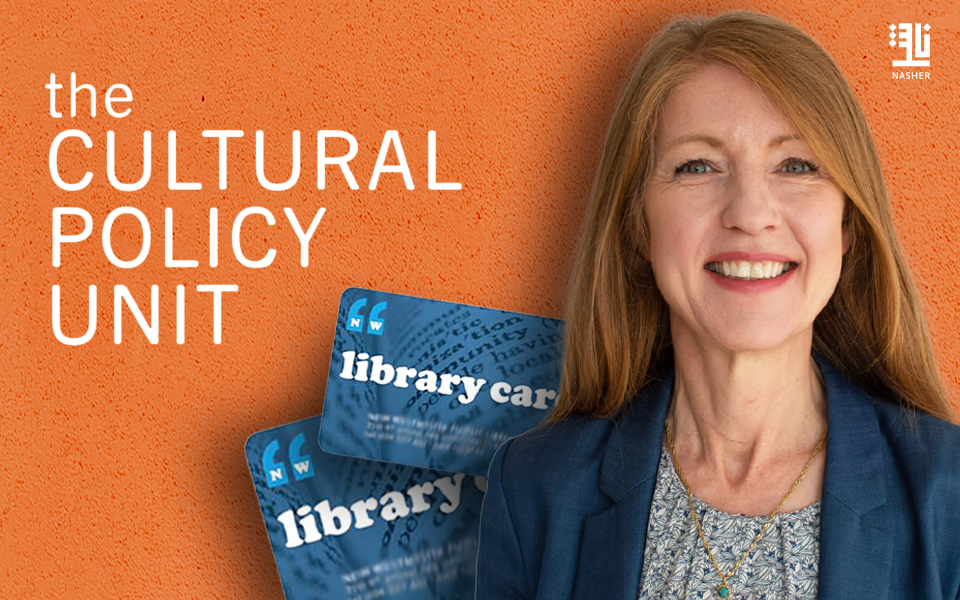Having written 112 books for children over the last 60 years, Jacqueline Wilson provides her best advice and tips for aspiring children’s authors on where to get started. Here are her tips.
DEVELOP SUSTAINABLE WRITING HABITS THAT WORK FOR YOU
Jacqueline advises that you set a date when you are going to start writing about the idea you currently have so you don’t put it off. She is able to be productive during the limited time she spends writing by rarely reading back on what she’s written, something she advises all writers against when it comes to long form writing.
ENSURE YOU ARE ABLE TO EMPATHISE WITH CHILDREN
Many writers begin to write for children after they themselves have had a child
but Jacqueline explains that she never wrote books that would appeal to her daughter, Emma, and advises writers to “Imagine that you’re talking directly to a child that you’re fond of.” She advises against scolding young people. Children’s books do need to encourage positive values but you can be subtle about it by adopting a “show don’t tell” approach.
UNDERSTAND THE GENERATION OF CHILDREN WHO YOU ARE WRITING FOR
Jacqueline advises writers to be wary of writing the exact same kind of children books you read when you were younger, as times have changed and so has the children’s publishing landscape. She also suggests that if you want to write children’s fiction, you should also read some children’s books that are popular right now.
BE AWARE OF THE CHILDREN’S FICTION MARKET WHEN APPEALING TO PUBLISHERS
The other people you need to appeal to, in order to get your book out there, are publishers. Jacqueline’s biggest piece of advice for getting published is looking at what ideas and themes are currently trending in children’s books. “If you write for a particular series or you discover that a publisher likes a certain type of book, then to show that you know what you’re doing, don’t copy another book, but write something that would fit into that series.”
DEVELOP A CLEAR PLOT STRUCTURE THAT WILL APPEAL TO CHILDREN
Children’s books require a totally different structure to novels aimed at adults albeit one difference. Jacqueline points out, “You’ve got to start the story straight away and grab children’s attention. Children are used to, if they’re watching television, they find a programme boring, they just switch to a different channel.”
REALLY GET TO KNOW YOUR CHARACTERS AND THE WAYS THEY THINK
Jacqueline explains that it’s important to create characters who you are genuinely interested and invested in. She suggests if you are struggling to create convincing characters, ask yourself questions about the character you are trying to construct that go past basic personality traits.
EMPATHY IS KEY IN ORDER TO WRITE ABOUT DIFFICULT TOPICS FOR CHILDREN
Jacqueline’s children’s books have spanned topics including grief, divorce, abuse and poverty. She explains that she thinks it’s important to cover these topics because many young people have to deal with these issues in their own life. She explains that she draws on her own experiences of difficult times and periods of loneliness and imagines how she would cope in order to depict these experiences. Drawing on emotions that almost everyone has experienced, in this way, makes these difficult issues accessible to children.
WORK TOWARDS A SPECIFIC WORD COUNT BUT DON’T FEEL TRAPPED BY IT
Jacqueline explains that she tends to aim for around 60,000 words when writing children’s books but they almost always end up being longer. The younger the reader, the shorter the book is the general rule for children’s fiction but this isn’t completely prescriptive as Jacqueline says, books she intends for very young readers are often read by teenagers and vice versa.
WRITE FOR THE CHILD WITHIN YOU
Jacqueline has been passionate about children’s fiction all her life, which has allowed her to develop an authentic voice and a distinctive place within the children’s fiction market. She explains that it’s mainly during the editing process that she makes sure that the book will appeal to her readers, removing long passages of description and making sure it is suited to a modern reader.
DEVELOP A POSITIVE RELATIONSHIP WITH YOUR ILLUSTRATOR
Illustrations are a vitally important part of children’s books and Jacqueline has worked with the same illustrator, Nick Sharratt, for 30 years. She explains that it’s important to develop a good relationship with your illustrator so they can really understand the way in which you think without you having to provide too much direction.
Source: Stylist







